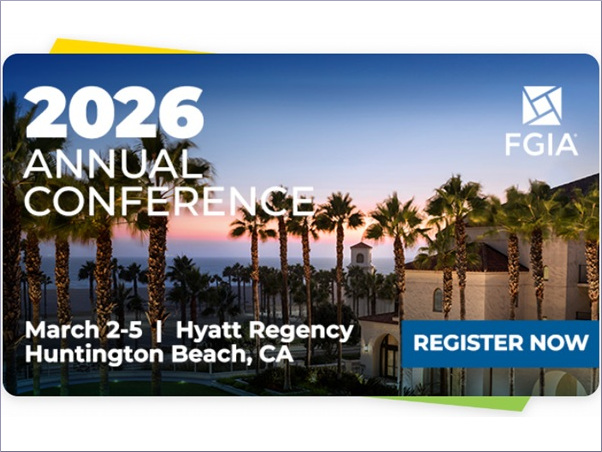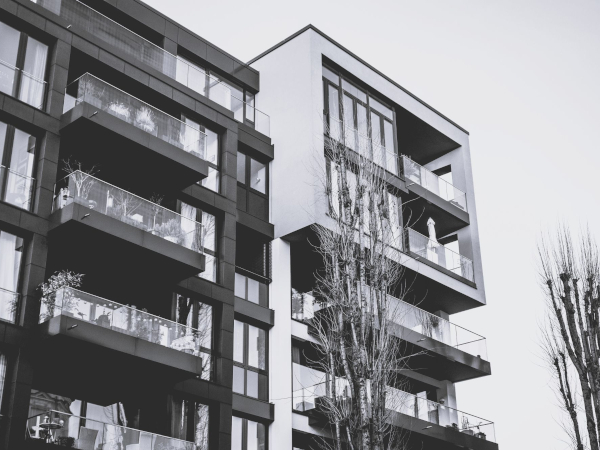
Date: 21 September 2023
Participants at the Fenestration and Glazing Industry Alliance (FGIA) Fall Conference learned about the role those in the industry can play in helping reduce pollutants in the indoor spaces of those living and working in communities that have been disproportionately affected by construction projects. Dr. Nicholas Clements from the University of Colorado Boulder gave a presentation titled, "The Role Indoor Air Quality Plays in Environmental Justice Communities Impacted by Construction."
Clements was part of a group that conducted a recent study in the Denver area that used small sensors to track indoor air quality surrounding 32 residents. These residents were from four communities identified as environmental justice (EJ) communities, or ones that have been impacted by a legacy of racist housing policies, like redlining. They have also been impacted by infrastructure projects like highways. Those living there have seen their health and wellbeing impacted by proximity to air, water, soil and noise pollution sources.
“Participants took sensors everywhere with them,” said Clements. “We did location testing to make sure they were reporting correctly.”
The four communities are all in North Denver: Globeville, Elyria-Swansea, Cole and Clayton.
“Here in North Denver, these four communities are disproportionately impacted by industrial and traffic pollution and have elevated asthma and Chronic Obstructive Pulmonary Disease (COPD) rates compared to other regions of Colorado,” said Clements.
Clements laid out the design of the Colorado Home Energy Efficiency and Respiratory Health (CHEER) Study.
“We looked at aerosols and gases when it comes to indoor air quality (IAQ),” said Clements. “Sources inside can include molds, emissions from candles or wood burning, printers, cleaning activities, cooking related emissions and more. Outdoor pollution sources can include traffic, industry, construction and regional transportation.”
Those conducting the study carried out focus groups and did surveys and interviews with their participants throughout the process. Three different cohorts tackled different aspects of the study: environmental engineering, computer science and social science.
- The environmental engineering team developed a DIY air cleaner for home use using box fans and filters.
- The computer science team used data from participants to develop apps like a trip planner for participants.
- The social sciences team contextualized the longer form survey answers as well as pre- and post-study focus groups and interviews.
Participants in the study equally represented all four EJ Communities. “We did focus groups with them about construction issues, health impacts of construction and community belonging,” said Clements.
The sensor used in the study is about the size of a credit card and an inch thick, Clements described. “The data was good for particulate matter, which was our main focus,” he said. “They were equipped with GPS location tracking so we could see where exposures were taking place.”
According to Clements, the DIY air cleaners were a unique challenge. They needed to be effective but also small enough for home use and at a low cost to users – including upfront costs and maintenance.
“Filter costs were a big issue,” said Clements. “Cleaners with four filters had more cost than ones with just one.”
App users in the study reported noticeable reductions in air pollution when using the air cleaner, which was small and easy to build.
The largest takeaway from the study, said Clements, was that levels were lower the further participants were from the construction. But ventilation can play a large role in improving indoor air quality, he noted. “Ventilation and infiltration can include options like using fans, a form of mechanical ventilation, or opening windows, a type of natural ventilation,” he said.
For more information about FGIA and its activities, visit FGIAonline.org.
 600450
600450








Add new comment